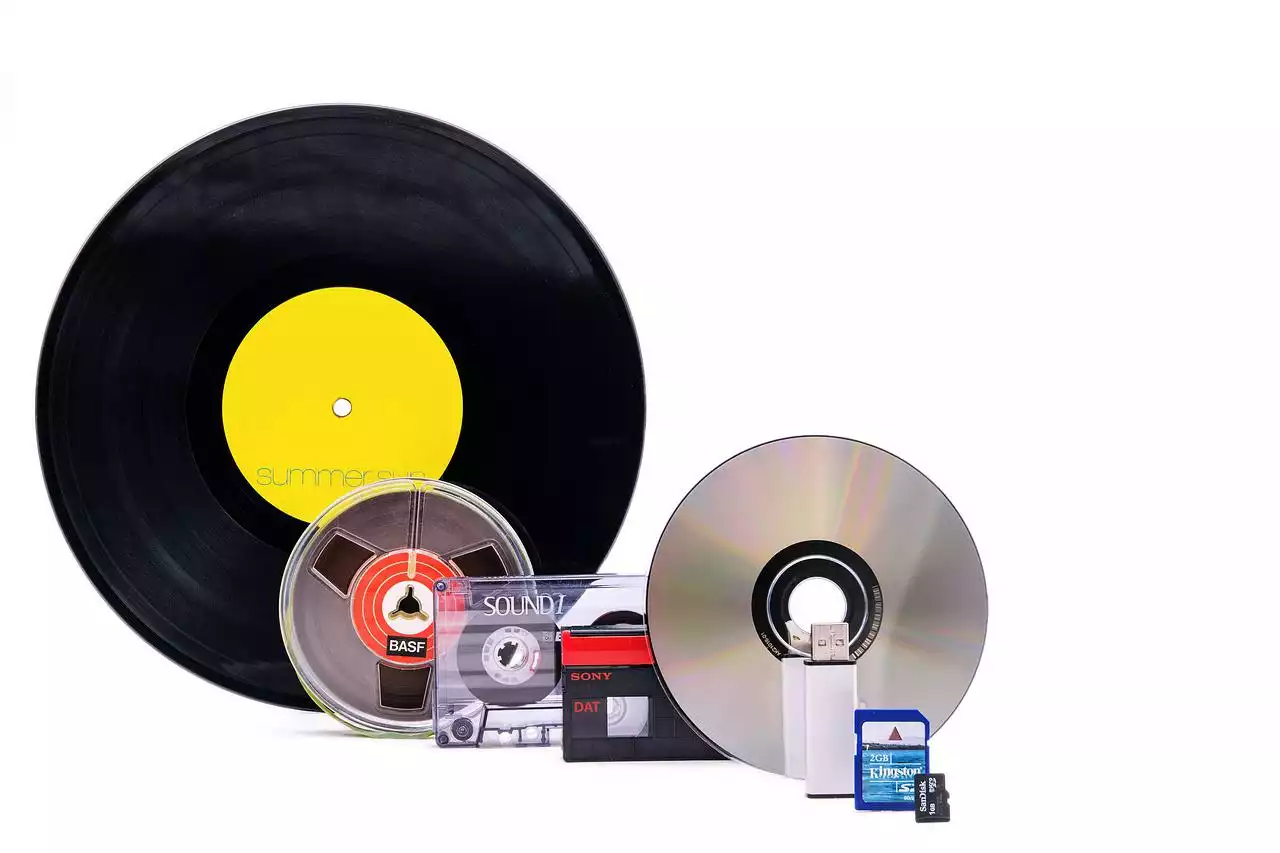Recorded music has been around for more than a century. Over the last hundred years or so, it has also undergone a vast amount of change - from being a luxury item that only royalty could afford, to an affordable commodity that is available almost everywhere. Read on to learn more about the birth and evolution of recorded music as well as its future.
The Birth of Recorded Music
If you go back to the early days of recorded music, you will be surprised to know that most people thought it would never catch on. It almost didn’t. The first recording was made in 1877 when Thomas Edison developed a new device called the phonograph. This machine could “record” sound onto a cylinder that rotated past a needle. Inventors had been trying to record sound for a long time but nobody had succeeded until Edison came along. The first recordings were novelty items that were mostly played for private entertainment. They were primarily used by people to record their voices, babies’ cries, and other sounds, like music and nature. Recording technology didn’t take off until the 1920s when it was applied to the reproduction of music.
Vinyl Record
The first commercial recordings were made on cylinders, and then they were later transferred to discs made of shellac. The initial discs were mostly 10 inches in diameter, and they played at 78 revolutions per minute (rpm). Throughout the 20th century, the diameter and playing time of vinyl records kept increasing, although the rpm remained the same. The sound quality of vinyl records was consistently excellent, but the technology of their production was not ideal. This had a lot to do with the physical nature of vinyl. It is a soft material that is more vulnerable to damage than modern materials like digital files. Vinyl records had a very wide surface area that was susceptible to fingerprints and dust particles, which would cause skips and scratches that would get embedded in the grooves, causing the sound to skip.
The Advent of the Compact Disc (CD)
The advent of the compact disc (CD) in the 1980s marked the beginning of the end of vinyl records. The CD was a digital medium that allowed sound to be stored and reproduced with extreme accuracy and clarity. The CD was a major improvement over vinyl, but it soon faced a serious challenge in the 1990s, when digital music came along. Digital music was recorded on a computer and was represented by binary code. This was able to produce a much wider and richer sound than the CD. For a while, the CD and the digital file competed for consumer attention and sales, but the digital file soon emerged victorious. The CD format retained some popularity, but it was soon overshadowed by digital music, which was available in many ways and could be easily transferred to devices like phones and tablets.
Digital Music and Recording
The advent of digital music recording didn’t just affect the way we consumed music; it also changed the way it was made. The digital format meant that it was possible to edit soundtracks in all kinds of ways that were impossible with vinyl. The most important development in the digital era was the ability to mix tracks from different sources together. Before this, musicians recorded their tracks separately, often in different locations. This made it difficult to create a coherent soundtrack. Digital recording also made it possible to transfer music easily across different formats, such as vinyl records and cassettes. And now that we have gone digital, there is no going back. The sound quality is so good that even people with perfect hearing can’t tell the difference between a live performance and one that has been recorded.
Digital music: the present and the future
We have seen how recorded music has evolved in the past few decades. At one time, vinyl was king and CDs reigned supreme. With the advent of digital music, CDs lost much of their appeal, and vinyl records made a comeback as they were seen as an authentic and better-sounding way of enjoying music. However, times are changing again, and we now have digital music stored in various formats, like MP3s and WAVs, that are easily accessible through devices like smartphones and tablets. The future of digital music will see a huge increase in streaming services, where people don’t need to download anything, but can simply access an unlimited library of music online. Streaming music is an ever-growing market that looks set to continue for some time.
Conclusion
Recorded music has come a long way since Edison invented the phonograph in 1877. It has progressed from a luxury item that only royalty could afford to an affordable commodity that is available almost everywhere. The advent of the compact disc in the 1980s marked the beginning of the end of vinyl records, and the advent of digital music in the 1990s signaled the end of CDs. Now, we have digital music stored in various formats that are easily accessible through devices like smartphones and tablets. The future of digital music will see a huge increase in streaming services, where people don’t need to download anything, but can simply access an unlimited library of music online.


 Cribs with an Attached Changing Table
Cribs with an Attached Changing Table
 What are Popular Car Types?
What are Popular Car Types?
 The Ultimate Guide to Finding the Perfect Easter Gifts for Kids
The Ultimate Guide to Finding the Perfect Easter Gifts for Kids Music Entertainment and the Digital Age
Music Entertainment and the Digital Age Music and the Electric Age
Music and the Electric Age